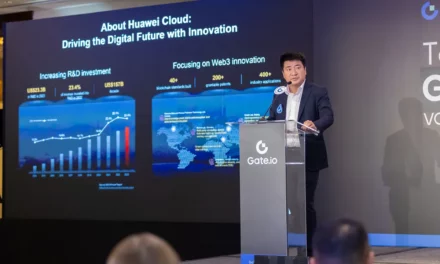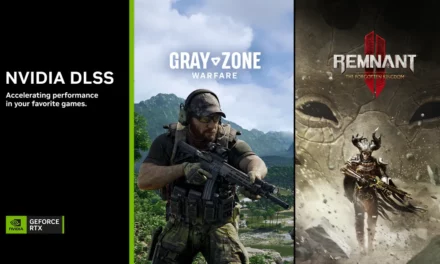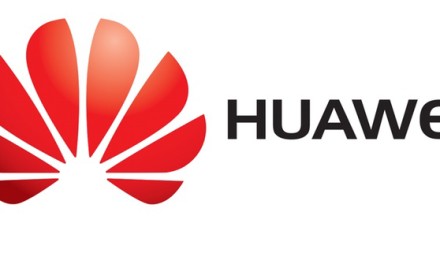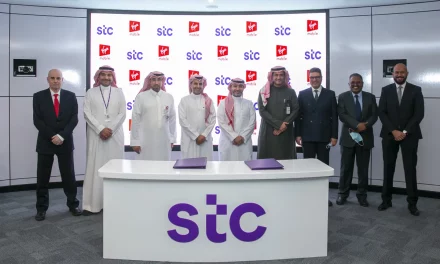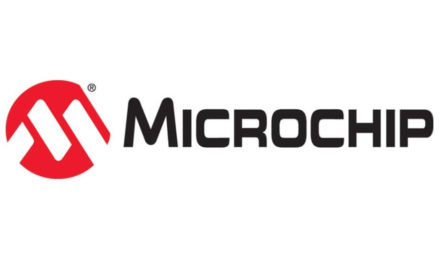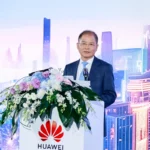
The impending opportunities and challenges of Open RAN

In recent years, the telecommunications industry has deliberated on the future of Open RAN as operators around the world continue to advance their 5G capabilities. During this year’s Mobile World Congress in Barcelona, several telecom operators in the Middle East also committed to exploring Open RAN’s future.
Originally put forward with a great deal of enthusiasm, the practicalities of the model have now set in. This has brought to light the size of the opportunity ahead as well as the challenges that remain in considering Open RAN as a viable method to network management. Many of the arguments so far for Open RAN have proved to be based on expectations rather than real-world case studies.
One of the important focus areas for Open RAN now is network security. The former United States FCC Commissioner Michael O’Rielly was quoted in 2021 as saying that Open RAN might actually create a “less secure” environment, at least in the short term. Others have pointed out challenges because Open RAN works with open-source code, which typically takes contributions from hundreds of programmers. Open architectures that include multiple equipment providers need to be patched together. Experts at Accenture have noted that new interfaces may allow criminals to “move through” the Open RAN environment unless such interfaces are secured according to industry best practices and tested continuously for loopholes.
This is especially important in the Middle East where 5G advancements have been built upon internationally recognized best standards. Fragmenting this consensus by using implementation methods for RAN sites that sit outside of the established global standards, such as Open RAN, could lead to unintended consequences.
As one example, many of the technologists and vendors working in the 5G domain are complying with 3GPP protocols. They use end-to-end designs that can be easily deployed by operators. From the 2G era all the way through to the current 5G era, 3GPP has focused on interoperability when developing communications standards to ensure connectivity between mobile phones and base stations, between base stations and core networks, and between base stations across different vendors to enable global roaming. 3GPP has never focused on base station implementation methods or architecture.
Cost savings are perhaps the leading motivator of Open RAN to date. For operators, the idea of a more competitive and diverse supplier landscape with lower solution pricing may be appealing. Open RAN may well deliver this. However, with that comes challenges in integrating multi-vendor platforms and technologies. It may also mean that network operation and maintenance increasingly falls to operators rather than network solution providers, who may be apprehensive about managing other vendors’ technologies. The CAPEX related to base stations is also a relatively small portion of an operators’ total cost of ownership.
In the UK, for instance, experts have contended that by the time Open RAN measures up, 5G will have already been widely deployed. Using it as scale could mean operators having to rip out that 5G equipment and write off the cost, or run an Open RAN network in parallel.
One must remember that Open RAN is not an alternative 5G standard like some people think. In essence, Open RAN is an implementation architecture and technology for base stations. Base stations built on Open RAN architecture and technologies still have to comply with 5G standards and meet carrier requirements regarding power consumption, performance, and cost-effectiveness. Open RAN still needs to resolve several of these issues in order to satisfy market demand.
Overall, the transition to Open RAN is a significant undertaking. Many global experts believe that the industry’s existing frameworks and governance approaches still need to be adapted for a more interoperable and open environment if this is to be a success. The tracking of such progress on an international level could help operators in the region to make the right choices if and when the industry matures.




